Sikhism, religion and philosophy was founded in the Punjab region of the Indian subcontinent in the late 15th century. Its members are known as Sikhs. The Sikhs call their faith Gurmat (Punjabi: 'the Way of the Guru'). According to Sikh tradition, Sikhism was established by Guru Nanak (1469–1539) and subsequently led by a succession of nine other Gurus. All 10 human Gurus were inhabited by a single divine spirit ('Jot').
Upon the death of the 10th Guru, Guru Gobind Singh (1666–1708), the spirit of the eternal Guru transferred itself to the sacred scripture of Sikhism, Guru Granth Sahib also known as the Adi Granth, which thereafter was, is and will be the sole Guru. In the early 21st century there were nearly 25 million Sikhs worldwide, the great majority of them living in the Indian state of Punjab.
Sikhism is a monotheistic religion that originated in the late 15th century in the Punjab region of the Indian subcontinent. Guru Nanak Dev Ji (20 October 1469 - 7 May 1539) is the founder of Sikhism and the first of the ten Sikh Gurus. He was born in the village of Talwandi, now called Nankana Sahib, near Lahore in present-day Pakistan. It was established and developed by ten Gurus during the period 1469 to 1708. Sikhs regard the ten Gurus not as divine, but as enlightened teachers through whom God revealed his will. Each Guru appointed his successor. Guru Nanak Dev was the first Guru and Guru Gobind Singh the final Guru in human form. Guru Gobind Singh designated Sri Guru Granth Sahib the ultimate and final Sikh Guru.
Sikhism is a way of life or self-discipline coupled with a belief in the unity of God, equality of man, faith in the Guru's word, and love for all. The steppingstone for a Sikh is to accept one God and worship Him with his tongue, his mind, and his actions. Sikhism is an endeavor to create a union of all those who love God and serve humanity. For the Sikh, the whole of humanity is a united family, a brotherhood under one God. Duncan Greenless has summed up Sikhism as "the religion taught through Guru Nanak in the forms of the Ten Gurus and now through the Guru Granth Sahib and the whole community of disciples. It is a practical way of life, leading man straight to his goal, and does not involve itself in verbose theorizing."
Through the Gurdwara, Sikh teachings (Sikhi) can be accessed by the community which can be used to improve and progress one’s spiritual life. We organize many events such as weekly Sikh congregation (Sangat), free food (Langer) and additional music and language classes. The information about these and Sikh ways of spiritual living can be found on this site.
Sikhism, religion, and philosophy were founded in the Punjab region of the Indian subcontinent in the late 15th century. Its members are known as Sikhs. Sikhism was established by Guru Nanak (1469–1539) and the Guruship was passed through to subsequent nine Gurus. All 10 human Gurus were inhabited by a single divine spirit (‘Jot’).
After the 10th Guru, the spirit of the eternal Guru transferred itself to the sacred scripture of Sikhism, Guru Granth Sahib also known as the Adi Granth, which thereafter was, is and will be the sole Guru.
Guru Granth Sahib Ji is the central religious text of Sikhism, It is a voluminous text of 1430 Angs (pages), compiled and composed during the period of Sikh gurus, from 1469 to 1708. It is a collection of hymns (Shabad) or Baani describing the qualities of God and why one should meditate on God's name. The role of Guru Granth Sahib Ji, as a source or guide of prayer, is pivotal in Sikh worship.
Furthermore, the composition and compilation of Guru Granth Sahib Ji was performed by the Gurus themselves.
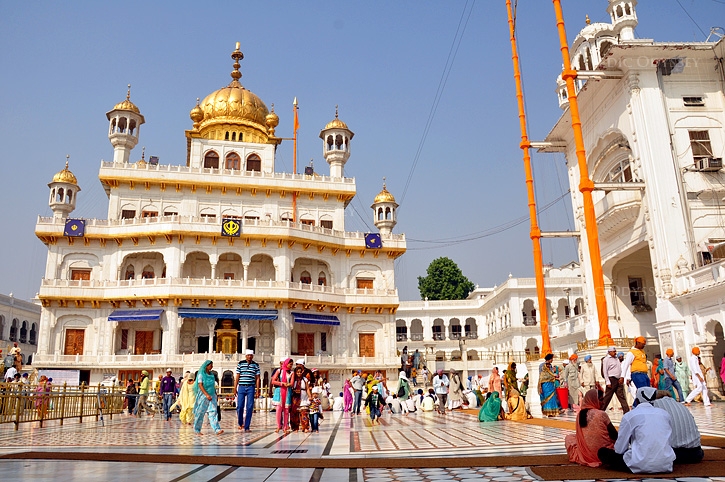
Akal Takhat Sahib means Eternal Throne. It is also part of the Harmandir Sahib complex in Amritsar. Its foundation was laid by Guru Hargobind Ji, the sixth Sikh Guru. The Akal Takhat is situated opposite Harmandir Sahib and is connected by a passage. The building of the Akal Takht opposite the Harmandir sahib has a special meaning. While the Harmandir sahib stands for spiritual guidance, the Akal Takhat is the supreme political and judicial institution. In earlier days all Sikh warriors sought blessings here before going to battlefields. The Akal Takht is the oldest of the Five Takhts.
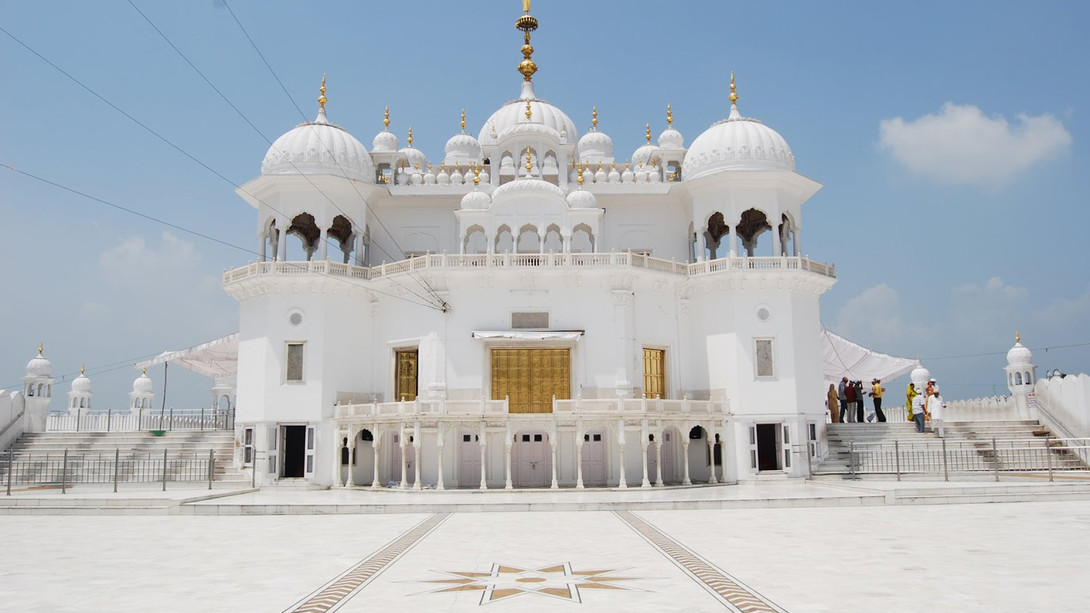
Takht Sri Keshgarh Sahib, situated at Anandpur Sahib, is one of the holiest places of the Sikhs. It is the birthplace of the Khalsa, which was founded here by Guru Gobind Singh in 1699. Some of the Shastras of Guru Gobind Singh Ji are displayed here. The city began as Chakk Nanaki, which was founded by Guru Tegh Bahadur Ji in 1665. His son, Guru Gobind Singh Ji, who spent 25 years of his life in the city, added greatly to the city’s size, giving it the new name, “City of Bliss (Anandpur).”
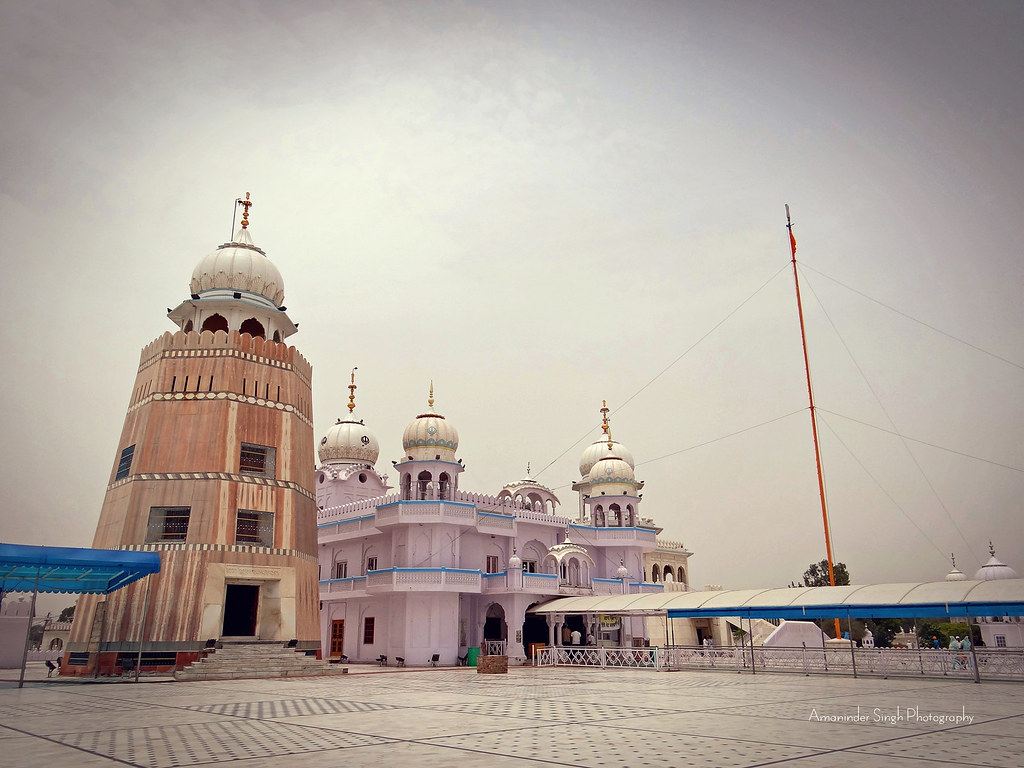
Takht Sri Damdama Sahib (Talwandi Sabo) is situated in the village of Talwandi Sabo near Bathinda in Punjab state of India. After his fiercest battle with the Mughals at Anandpur Sahib, Chamkaur Sahib, and Muktsar, Guru Gobind Singh retired to the jungle of Malwa. He relaxed and took a rest (Dam) at Talwandi Sabo and hence its name Damdama Sahib. The Guru stayed here for nine months and nine days and compiled the final edition of Guru Granth Sahib also known as the Damdama Sahib Bir in 1705. This is a key place for Sikh scholars and academics and is also known as ‘Guru kee Kanshi’.
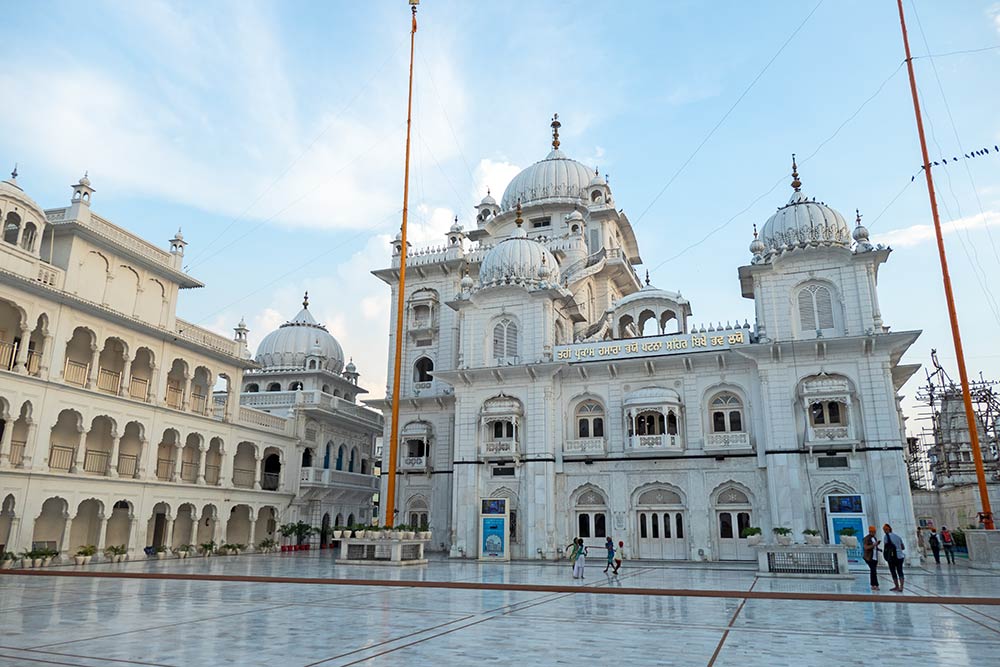
Takht Sri Patna Sahib is situated in Patna city which is also the capital of Bihar state. Guru Gobind Singh Ji was born here in 1666 and He spent his early childhood here before moving to Anandpur Sahib. Besides being the birthplace of Guru Gobind Singh Ji, Patna was also visited by Guru Nanak Dev Sahib Ji and Guru Tegh Bahadur Sahib Ji at different points in time.
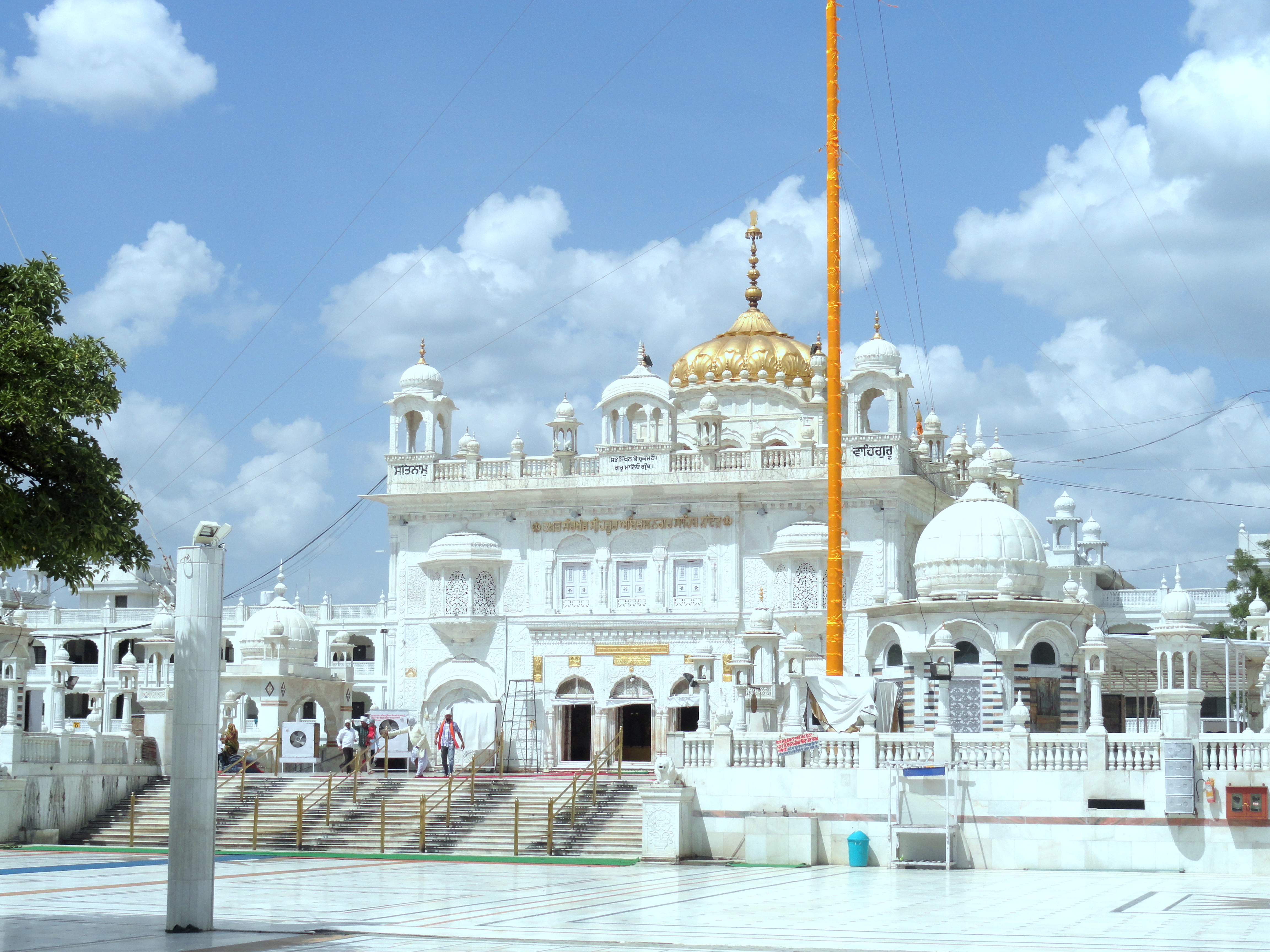
Nanded is one of the historical places in the Marathwada region of Maharashtra State. It is situated on the north bank of the Godavari River, in the southeastern part of Maharashtra, bordering Telangana. It is famous for Sikh Gurudwaras and is a town of great antiquity. In 1708, Guru Gobind Singh Ji (the tenth Guru) came to Nanded, His permanent abode. It was He who preached amongst the Sikhs that there need not be any Human Guru for them after Him and they should take Guru Granth Sahib Ji as their living Guru and there will be no difference between Him, previous Gurus, and the Guru Granth Sahib Ji.